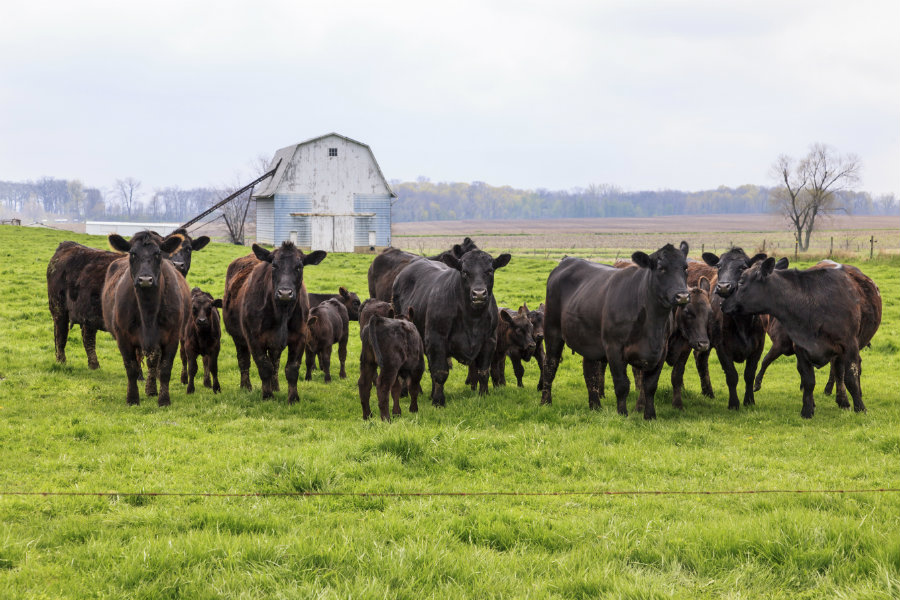Embarking on a 15 acre homestead pond construction project is an exciting and rewarding endeavor. Whether you are a seasoned homesteader or a beginner, constructing a pond on your homestead is a great way to enhance the natural beauty of your land while providing a resource for water conservation, wildlife habitat, and even recreational activities. In this article, we will explore the essential steps and considerations for building a successful pond on your homestead. Let’s dive into the details!

Understanding the Purpose of Your Pond
Before you start digging, it’s important to understand the primary purpose of your pond. Are you looking to create a habitat for local wildlife, provide water for livestock, or perhaps use it for recreational purposes like fishing or swimming? Defining the purpose will guide your decisions on size, location, and design.
Wildlife Habitat
A pond can attract a variety of wildlife, from birds and amphibians to insects and mammals. If your goal is to support local biodiversity, consider incorporating shallow areas and native plants around the pond’s perimeter.
Water Resource
If you need a reliable water source for your homestead, ensure the pond is designed to capture and hold an adequate amount of water. This might involve digging deeper sections and considering the watershed area.
Choosing the Right Location
The location of your pond is crucial for its success. Look for a natural low spot on your property where water naturally collects. Consider the proximity to other features on your homestead, such as gardens, livestock areas, and living spaces.
Soil Type and Drainage
Soil type plays a significant role in pond construction. Clay soils are ideal as they naturally hold water, while sandy or rocky soils may require additional lining. Assess the drainage patterns to avoid excessive runoff or flooding.
Pond Design and Size
The design and size of your pond will depend on your intended use and the available space. A well-designed pond blends seamlessly with the surrounding landscape and serves its intended purpose efficiently.
Shape and Depth
Ponds can be any shape, from natural and irregular to more formal and geometric. The depth is also important; deeper ponds are better for fish habitats and staying cooler in summer, while shallower ponds can support a greater variety of aquatic plants.
Construction Process
Once you’ve planned your pond’s design and location, it’s time to start the construction process. This involves several key steps:
Digging and Excavation
The first step is to dig out the pond area. Depending on the size, this may require heavy machinery or can be done by hand for smaller ponds. Ensure the pond has a gradual slope to prevent erosion.
Lining the Pond
Installing a liner helps retain water, especially in areas with poor soil. Options include clay, synthetic liners, or a combination of both. Ensure the liner is properly secured and covered with soil or rocks to protect it from UV damage.
Filling and Planting
Once the pond is lined, it’s time to fill it with water. Use rainwater or a natural water source if possible. After filling, add aquatic plants to support the ecosystem and stabilize the pond’s banks.
Maintaining Your Pond
Regular maintenance is essential to keep your pond healthy and functional. This includes monitoring water levels, controlling algae growth, and maintaining the surrounding vegetation.
Water Quality
Ensure the water quality remains high by testing it regularly. This is especially important if you plan to use the pond for irrigation or livestock.
Seasonal Maintenance
Ponds require different care depending on the season. Learn how to prepare your pond for winter and manage aquatic plants during the growing season.
For more insights on seasonal preparation, check out this guide to winter prep on your homestead.
Legal and Environmental Considerations
Before starting your pond construction, check local regulations and obtain any necessary permits. Consider the environmental impact and ensure your pond supports the local ecosystem rather than disrupting it.
Permits and Regulations
Contact your local government to understand the legal requirements for pond construction. This may include permits related to water rights, land disturbance, and environmental impact.
Environmental Impact
Avoid disrupting existing wildlife habitats and consider incorporating features that enhance the local environment, such as native plantings and wildlife corridors.
For more information on homestead living and choosing the right land, visit this guide on selecting land for homestead living.
Conclusion
A 15 acre homestead pond construction project is a rewarding way to enhance your property and support sustainable living. By carefully planning your pond’s purpose, location, and design, you can create a valuable resource that benefits your homestead for years to come. Remember to consider legal and environmental factors to ensure a successful project.

FAQs
What is the best soil type for pond construction?
Clay soils are ideal for pond construction as they naturally hold water. If your land has sandy or rocky soil, consider using a liner to retain water.
How deep should a homestead pond be?
The depth of your pond depends on its purpose. For fish habitats, deeper ponds (at least 8 feet) are recommended. For general use, a depth of 4-6 feet is sufficient.
Do I need a permit to build a pond?
In most areas, you will need a permit to construct a pond, especially if it impacts water rights or the local environment. Check with your local government for specific regulations.




